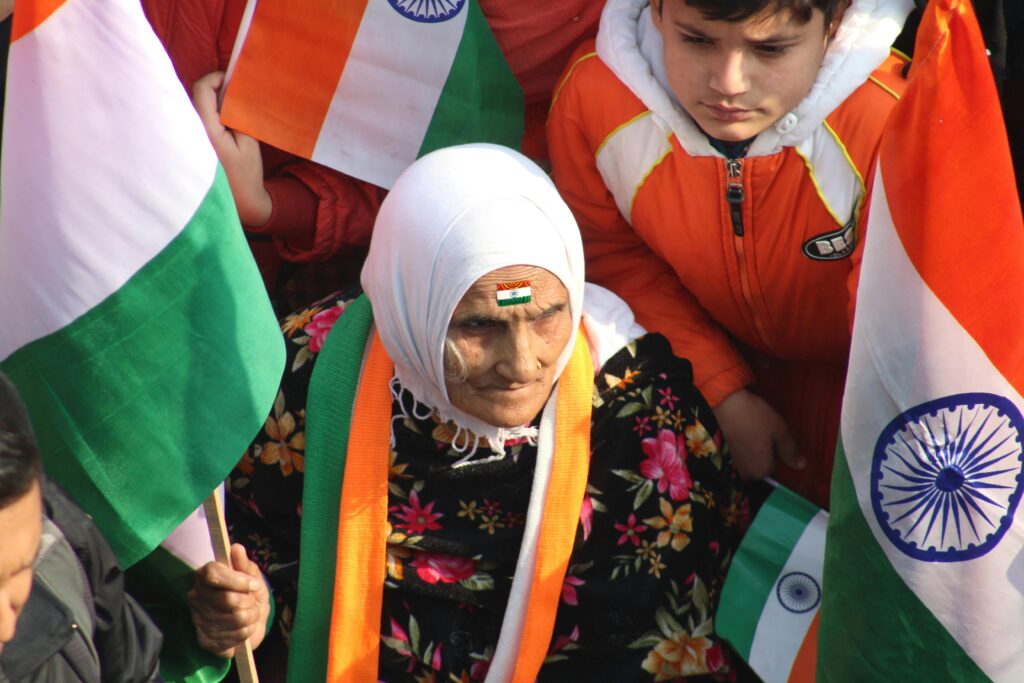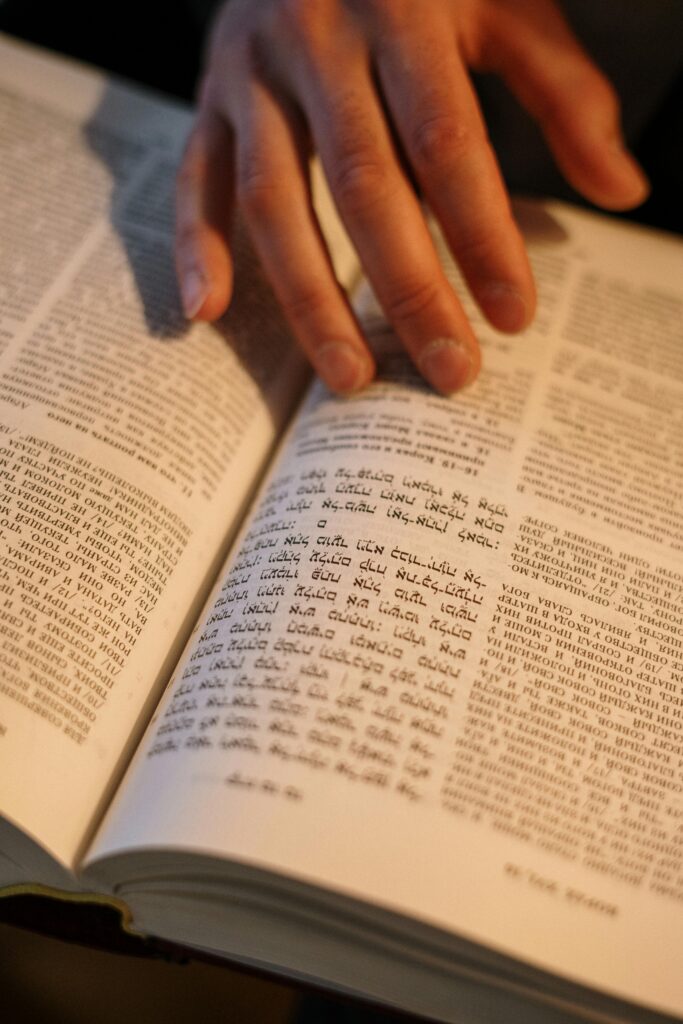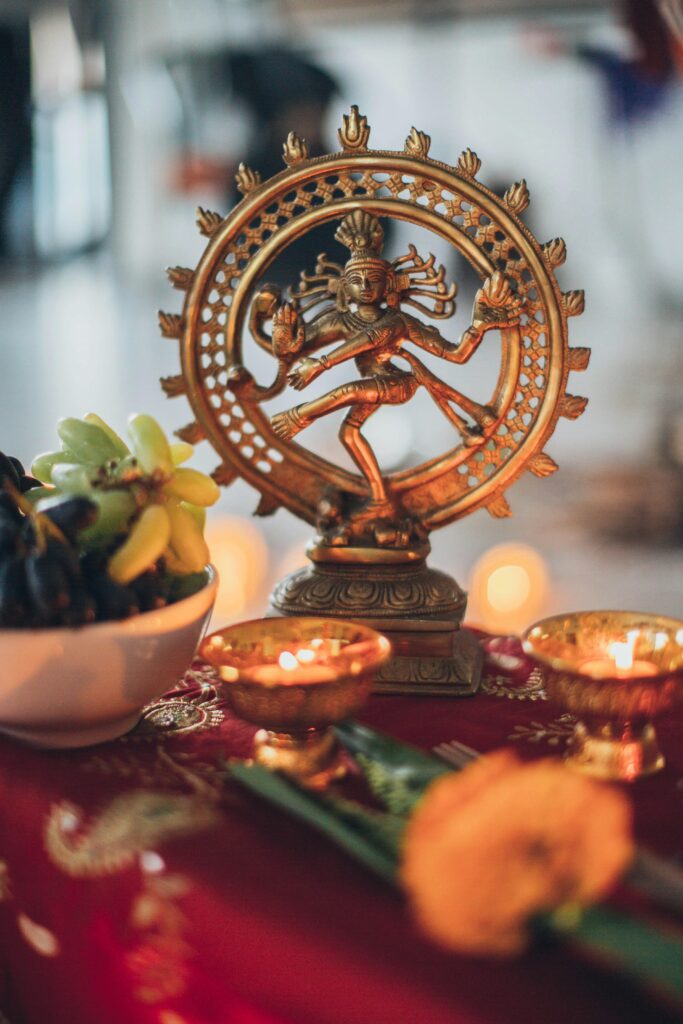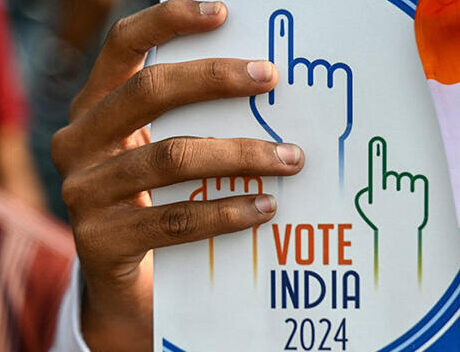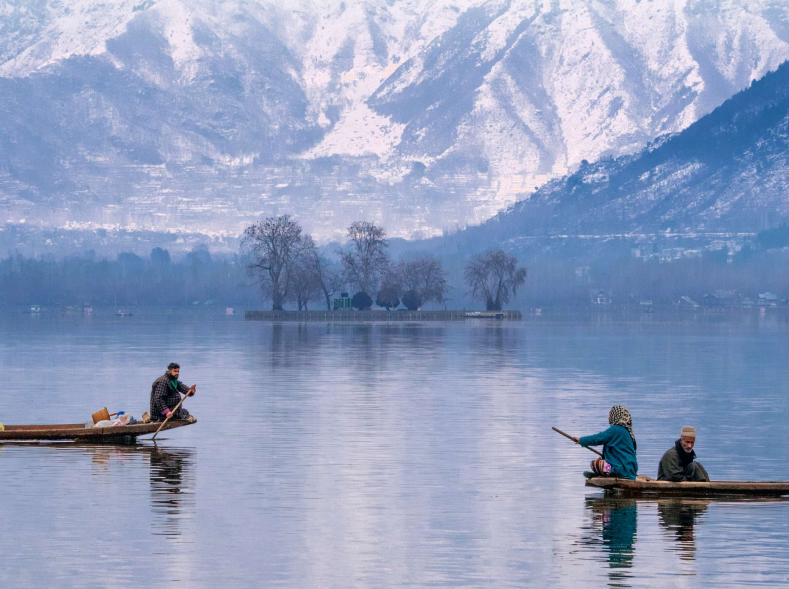The Cost of Democracy: A Critical Look at India’s Electoral Landscape
Author: sachin nandha, trustee and director In the vibrant tapestry of India’s democracy, elections are the most vivid threads, woven with the hopes, aspirations, and voices of over a billion people. Yet, beneath the colorful surface lies a complex and often troubling reality. As we journey through the electoral landscape of India, we uncover the stark truths about the money spent on elections, the manipulation of religious and caste identities, the dismal engagement of women, and the overwhelming power concentrated in the hands of a few. The Price of Power: Money in Elections India’s elections are among the most expensive in the world. In the 2019 general elections, political parties spent an astounding $8.5 billion (₹60,000 crore), a figure that surpasses the GDP of several small countries. This expenditure dwarfs the amounts spent in other democracies. For comparison, the 2019 general election in the UK saw political parties spend approximately £113 million ($150 million). In Japan, the expenditure for the 2017 general election was around ¥67.1 billion ($650 million). These figures highlight the enormous financial scale of Indian elections, raising crucial questions about the integrity and inclusivity of the democratic process. In rural villages, the situation is even more alarming. Reports indicate that voters are often paid anywhere from ₹500 to ₹2000 (£5 to £20) for their votes, a practice that blatantly undermines the principles of democracy. This monetisation of votes not only corrupts the electoral process but also perpetuates a cycle of poverty and dependency. As a farmer from Uttar Pradesh candidly put it, “During elections, politicians come with money. But after they win, they disappear.” A controversy raged over how political parties raised the enormous amounts of money to fight the general elections in 2024. Dividing the Vote : Religion and Caste Religion and caste have long been potent forces in Indian politics. Politicians craftily exploit these identities to create loyal voter blocks. The use of religion in politics is not a new phenomenon, but its recent intensification is worrisome. Political parties often align themselves with religious groups, promising to protect their interests in exchange for votes. This not only polarises society but also distracts from pressing issues like education, healthcare, and employment. For instance, during the UPA (United Progressive Alliance) tenure under Sonia Gandhi’s leadership, there were several instances where religion was used to consolidate votes. The promotion of certain welfare schemes targeted specifically at minority communities was perceived by many as an attempt to secure a solid vote bank. Programs like the Sachar Committee Report and the 15-Point Program for minorities were seen as steps to win over Muslim voters, even as critics argued that these initiatives could exacerbate communal divides. Similarly, caste continues to be a critical factor in Indian elections. Despite legal safeguards, caste-based discrimination and violence persist. Politicians exploit these divisions, promising benefits to certain castes in return for their support. During the same UPA tenure, the Congress party often employed caste dynamics to its advantage. For example, in states like Uttar Pradesh and Bihar, the party made concerted efforts to appeal to Dalits and Other Backward Classes (OBCs) by promising reservations and other benefits, further entrenching caste loyalties. This cynical manipulation perpetuates caste hierarchies and hinders social progress. As a Dalit activist from Tamil Nadu remarked, “Caste is the curse of Indian politics. It’s the invisible hand that controls our votes.” The Gender Gap: Lack of Women Engagement Women, who constitute nearly half of India’s population, remain significantly underrepresented in politics. In the 2019 elections, only 14.3% of the candidates were women. This gender gap is starkly evident in the Lok Sabha, where women hold just 78 of the 543 seats. Why Are There So Few Women in Parliament? The reasons for the low representation of women in Indian politics are multifaceted. Societal norms and cultural barriers often discourage women from entering politics. Family responsibilities, societal expectations, and a lack of financial resources further hinder their political participation. According to a study by the Association for Democratic Reforms (ADR), women candidates face significant challenges, including gender bias, threat of violence, and inadequate party support. Consequently, women’s issues, from maternal health to gender-based violence, often receive inadequate attention and are frequently side-lined in the political discourse. Violence against women remains a severe issue. According to the National Crime Records Bureau (NCRB), 371,503 cases of crimes against women were reported in 2020, an increase from previous years. This includes cases of domestic violence, sexual assault, and dowry-related violence. Shockingly, 87 rape cases are reported daily in India, highlighting the grim reality that women face across the country. Art to empower women. But India has a long way to go on gender related equality. The lack of education and awareness around women’s health is another significant issue. In rural India, maternal mortality rates remain alarmingly high. According to a report by the Office of the Registrar General & Census Commissioner, India, the maternal mortality ratio (MMR) is 113 per 100,000 live births as of 2017-2019, with higher rates in rural areas. Women in rural regions often lack access to quality healthcare and education, exacerbating health issues and mortality rates. Education for girls also lags behind, with UNESCO reporting that 40% of adolescent girls aged 15-18 years are not attending school in India. This lack of meaningful education severely limits opportunities for women and perpetuates cycles of poverty and dependency. Power and Representation: The MP’s Dilemma In India, Members of Parliament (MPs) wield significant power. With constituencies averaging 2 million people, an MP’s role is both critical and challenging. This vast number makes genuine representation difficult, often resulting in a disconnect between MPs and their constituents. A citizen’s access to Justice Justice in India is expensive, time-consuming, and often inaccessible to the common man. Enforcing contracts or criminal law can be slow and cumbersome, with cases often dragging on for years. The World Bank’s “Doing Business” report ranks India 163rd out of 190 countries in contract enforcement, highlighting the inefficiency of the judicial system. The
The Cost of Democracy: A Critical Look at India’s Electoral Landscape Read More »

